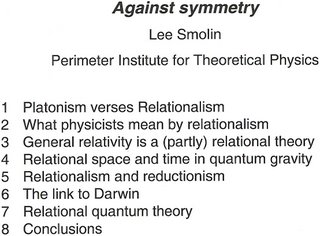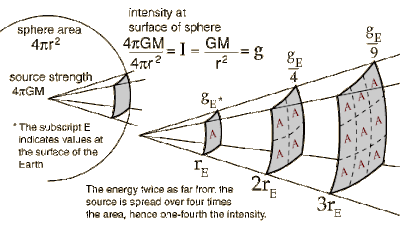Mathematics and Science: Last Essays
8 Last Essays
But it is exactly because all things tend toward death that life is
an exception which it is necessary to explain.
Let rolling pebbles be left subject to chance on the side of a
mountain, and they will all end by falling into the valley. If we
find one of them at the foot, it will be a commonplace effect which
will teach us nothing about the previous history of the pebble;
we will not be able to know its original position on the mountain.
But if, by accident, we find a stone near the summit, we can assert
that it has always been there, since, if it had been on the slope, it
would have rolled to the very bottom. And we will make this
assertion with the greater certainty, the more exceptional the event
is and the greater the chances were that the situation would not
have occurred. HENRI POINCARE
IT has been this way in my life that such "correlations of cognition" have been revealed along the way that I have asked myself continuously how it is I know what I know?

So very basic in it's shape it can symbolize many things to many different people. The basic factor here is that we choose this design to exemplify a systemic approach to what our minds can relate in viewing reality.
I've had to make some conclusions in my life that are the basis of my views with regard to science. Have a basis about my thoughts in relation to those who truly wanted to know about life. The answers life may of provided for us.
Who had not sought to have someone supply this for you. That life, would be so easy that we could without work have been answered indeed? One had to turn that questioning state back onto itself. Ask that you answer your own question.
What faith is there in each of us not to trust that such a journey to this realization may be supplied by, that all that has ever existed and, will ever exist, is set before you. What is information, and where does it reside. Only then, in the brain? In those cells who have been awakened and new routes establish to a multifaceted cognition of that greater reality and overlay, is the question of coming to how we have that access to it?
Some would be well to read the book that Phil had referred to me.
This blogsite holds a perspective that I think would have been part of Plato's answer to the times before him. That such discourses, had become the example as John Pirsig reveals. John Pirsig over threw the Chicago ole boy's club view through introspective realization, as a staunch educative systemic pursuance in science, that needed another aspect "of the horn" to reveal that "quality of life," could not, and should not have been wiped away in the progression of an Aristotelean view.
Did John Pirsig's own brilliance effectively disable his contribution to the world once he descends into the cave of all life? That it had been a descendant into the valley, hence, the question and purpose gravity is to serve?? Who of us to now had such a route in Mind and matter, could have not been set up to see, that life in the greater struggle could incorporate an mountain top view to life, as a route to the valley in gravity as science in a most illusory way? I beg to differ here.
I think John's view of Raphael in the heading image above, was underestimated. In the spirit of Plato such a thought was and is revealed in one's own "trail and tribulation" as to working the "correlation of cognition" that had formed in views, is about our relationship with reality. Is about this internal/external relationship that while having ventured inward, was revealing an outward outcome.
So yes the idea here is that such a integration is needed to push insight to new heights. While I will have been circumvented to the life I choose in family and ideal as a worker does not mean this view while forming could not be given to the universities and the new explorers.
Recognition of such an educative system has been established in my view on foundation principles established in the teaching method by which PI stands. Such rhetoric then is to reveal the thinking mind it's road to an established view presents itself the opportunity to have itself examine and support in question by what may have been missed. If given a talking stick it is a time then that such a stand allows the speaker to speak his mind, and then open themself to interrogation to help her/him along his way. Help all of us along the way.
Artifacts of History
 See: The Triangle Descends into the Square
See: The Triangle Descends into the SquareAs there was this recognition myself of what was appearing while John Pirsig reveals the totality of his experience in journey and his decline, why is it not possible that knowing what we know now, that such examples of history in artifacts may have a contribution to the state of Plato and how he came to provide his point of view in the orations of the character that are represented in the dialogues?

So such structures while they were forming are revalued in piece meal images that are devoted to the ultimate fate of symbolics in geometric form. After all who in in this journey had not recognized the the Platonic forms as to the question of matter defined, could not see, that such an integration with the quality of life in mind could have been transmitted in a physical model form? Matter
See:
See Also:























